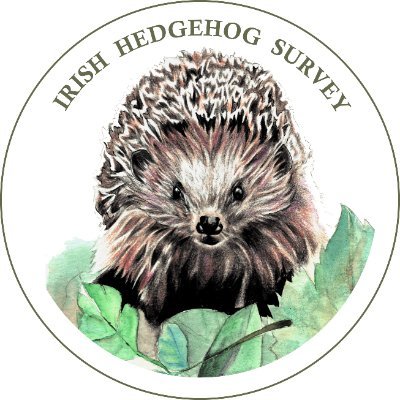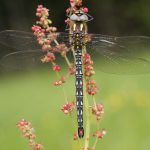The National Biodiversity Data Centre has today launched a new…
Citizen scientists needed for Irish hedgehog survey
The Irish Hedgehog Survey is a citizen science project by researchers in National University of Ireland, Galway with the National Biodiversity Data Centre. The public are asked to take part in in the project in a number of ways – by recording hedgehogs wherever you see them, by surveying your gardens for hedgehogs or by taking part in a questionnaire about hedgehogs on the farm.
No special skills or knowledge are required to take part. The information provided will help enormously in monitoring hedgehog abundance and distribution in Ireland.
The Hedgehog (Erinaceous europaeus) is one of our most recognisable animals. Their Irish name ‘An Gráinneog’ means ‘little ugly one’. They are generally regarded with great fondness due to their cute appearance, quirky habits and their taste for eating garden pests. While hedgehogs are perceived to be common and widespread, there has been very little research on the species in Ireland to date. Thus, we have no data on the size or status of the Irish hedgehog population.
In Britain and Europe where hedgehogs have been more extensively studied, the research indicates that hedgehog numbers are in decline. Results from long term monitoring studies in Britain show that numbers there have fallen by nearly 50% in rural areas and by 30% in urban areas over the last two decades. These trends are due to loss of hedgerows and marginal habitats to intensive agriculture, increased road traffic, and predation or competition from the badger Meles meles.
Ireland has suffered many of the same ecological problems as Britain, and many native animals have suffered population declines due to habitat loss and degradation including several birds, invertebrates and mammals. It is possible that the hedgehog has followed a similar trend here, however, this cannot be confirmed in the absence of reliable scientific studies. The hedgehog is protected under the Wildlife Acts 1976 and 2000, however it is considered a common, non-native species, and so is not considered a priority for conservation in Ireland. It is hoped that the current study will provide baseline data in order to monitor their numbers in the future.








